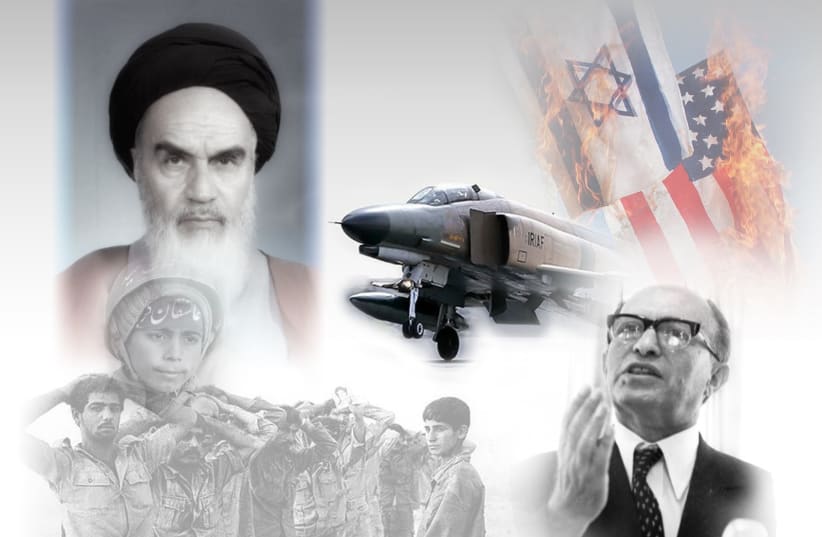Iran Deal Extension: Analyzing the State Department’s Media Note
Simon Henderson/Washington Institute
The department’s latest public statement seems to cast a positive light on the recent nuclear extension, but its omissions paint a cloudier picture.
On July 22, the State Department released a description of what Iran has done with its nuclear program since the interim Joint Plan of Action (JPOA) took force on January 20. Although the text leavens optimism with caution, its clear intention is to spin the case for the four-month extension of talks agreed to earlier this week. Some of its more categorical statements are therefore open to question.
Statements about IRAN’S ACTIVITIES UNDER THE JPOA
“Iran has halted production of near-20 percent enriched uranium and disabled the configuration of the centrifuge cascades [used] to produce it.”
True, but this only applies to declared centrifuge facilities. There are fears that Iran may have other, secret centrifuge sites. “Iran has completed the dilution of half of its near-20 percent enriched uranium stockpile that was in hexafluoride form, and the conversion of the rest to an oxide form not suitable for further enrichment.”
True, but the oxides can be reconverted back to hexafluoride through a straightforward process. “Iran has capped its stockpile of 5 percent enriched uranium.” True, but it has not yet completed the conversion of excess hexafluoride to oxide form. “Iran has limited its centrifuge production to those needed to replace damaged machines, so [it] was not able to use the six-month JPOA period to stockpile centrifuges.” This is what Iran claims, but it has not been verified. In addition, the JPOA includes no limitations on the manufacture of components for centrifuges.
“Iran did not construct additional enrichment facilities.”
This is not verified. “Iran did not go beyond its enrichment R&D practices that were in place at the start of the JPOA.”
This is not verified. The International Atomic Energy Agency (IAEA) has not had access to Iranian centrifuge R&D that does not use or require nuclear material. “Iran did not transfer fuel or heavy water to the Arak reactor site.”
True, but heavy water production likely continues at a plant close to the reactor site. “Iran did not build a reconversion line, which is necessary to turn its stockpile of 20 percent uranium oxide back into a form suitable for further enrichment.” True, but only verified at locations to which the IAEA has access.
“Under the Joint Plan of Action, Iran’s enrichment facilities at Natanz and Fordow are now subject to daily IAEA inspector access.” True, but the daily access is just to each facility’s cameras, not to the whole facility.
“Iran also provided managed access at centrifuge assembly workshops, centrifuge rotor production workshops and facilities, and uranium mines and mills.”True, but “managed access” is not to the entire facilities. In addition, the IAEA has not said what information it received, nor how satisfied it was with this information.
WHAT ISN’T MENTIONED
The State Department release makes no mention of “Possible Military Dimensions” (PMD), the phrase used by the IAEA to cover Iranian activities that appear related to the development of a nuclear weapon. It does not mention work on missiles either, even though Iran’s possible development of a nuclear warhead is one of the IAEA’s longstanding PMD concerns.
IRAN’S COMMITMENTS GOING FORWARD
“Iran has committed to…make all of its 20 percent oxide into fuel for the Tehran Research Reactor. Twenty-five kilograms of this material will be fabricated into fuel by the end of the extension. Twenty-five kilograms is only a fraction of the oxides…Iran has also committed to convert all of its very low enriched uranium — enriched up to 2 percent and estimated to be at least three metric tons — into natural uranium, further reducing its utility in a breakout scenario.”
An interesting statement because this material has not been specifically mentioned in IAEA reports.
CONCLUSION
Although the State Department release was issued with the headline “The JPOA has successfully halted progress on Iran’s nuclear program,” its closing paragraph — if its media readers get that far — is more cautious. It begins by saying, “Our goal remains clear: to negotiate a comprehensive deal that prevents Iran from obtaining a nuclear weapon.” But it ends with: “Over the next four months…we will determine whether there is a solution that gives us sufficient confidence that the Iranian program is exclusively peaceful.” The spin is that the glass is half full, but the actual words indicate it might be half empty.
***Simon Henderson is the Baker Fellow and director of the Gulf and Energy Policy Program at The Washington Institute. His previous publications include Nuclear Iran: A Glossary of Terms (coauthored with Olli Heinonen), a joint publication of the Institute and the Belfer Center.


















